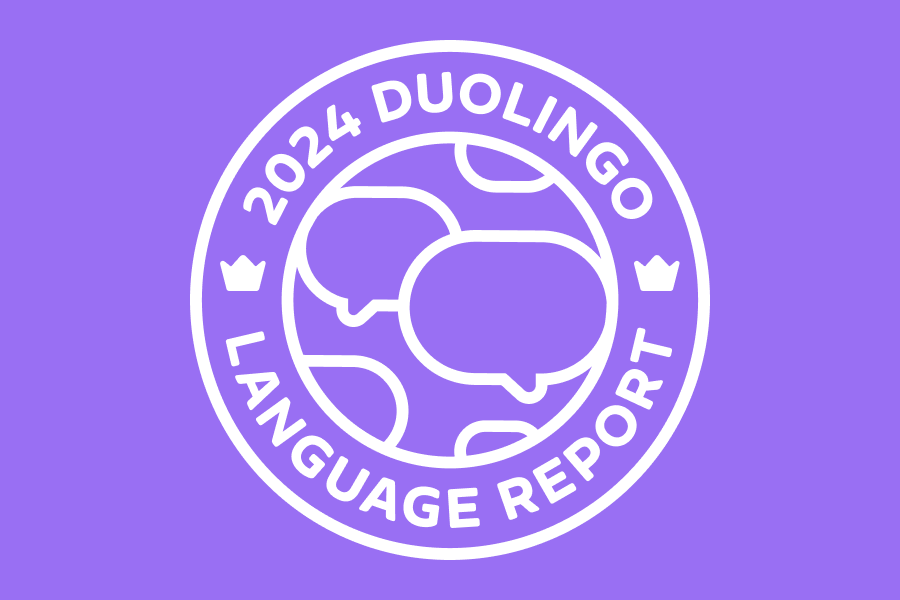If you've ever been confused about apostrophes in English, you're not alone. English uses apostrophes differently than other languages, and even native English speakers get confused about the rules sometimes.
Here are the basics of using apostrophes in English!
English apostrophes have two main functions
There are two main reasons to use an apostrophe in English.
Apostrophes for English contractions
Let's start with omissions. English is full of contractions, two separate words that are combined into one. For example, she and is can turn into she's, I and have can turn into I've, and—weirdly—will and not can turn into won't!
You'll also use apostrophes when talking about a year. It's common in English to omit the first two numbers of the year, so the 1980s can turn into the '80s, for example.
Common contractions in English
| Subject pronoun | Contracted form of be | Contracted form of have |
|---|---|---|
| I | I'm (I + am) | I've (I + have) |
| you | you're (you + are) | you've (you + have) |
| he | he's (he + is) | he's (he + has) |
| she | she's (she + is) | she's (she + has) |
| it | it's (it + is) | it's (it + has) |
| we | we're (we + are) | we've (we + have) |
| they | they're (they + are) | they've (they + have) |
| who | who's (who + is) | who's (who + has) |
Because had, would, will, and not don’t change form based on the subject, you'll use the same contraction for all subjects: -'d for had and would, -'ll for will, and -n't for not. Check out these example sentences:
| Contracted form | Full form |
|---|---|
| I'd already been to Spain. | I had already been to Spain. |
| We'd go with you if you weren’t leaving so early. | We would go with you if you weren’t leaving so early. |
| She'll call him this afternoon. | She will call him this afternoon. |
| He doesn't like mushrooms. | He does does not like mushrooms. |
When to use contractions in English
It's important to note that contractions don't happen all the time: They're completely optional and are considered slightly informal, so even though you'll probably see them in text messages, social media posts, and even sometimes in professional emails, you probably won't see them on a CV. (Did you notice the five contractions in this paragraph?)
There are also a few cases where using the uncontracted form is rare! For example, let’s, as in Let's go to the movies tonight!, comes from the phrase let us, but you're unlikely to hear Let us go to the movies tonight in most dialects of English. The same is true for o'clock, as in My train is at five o'clock, which comes from of the clock.
Apostrophes to show possession in English
When talking about possession, how you use apostrophes will depend on whether the thing possessing something else is singular or plural.
Singular possessives
When the one doing the possessing is singular, add -'s, with the apostrophe before the "s":
| Possession with -'s | Meaning |
|---|---|
| the dog's leash | the leash that belongs to the dog |
| my mom's coat | the coat that belongs to my mom |
| Anna's lunch | the lunch that belongs to Anna |
Plural possessives
Most English plural nouns end in –s already, so instead of adding -'s to a word that already ends in "s," you'll add the apostrophe after the -s:
| Possession with apostrophe after the plural "s" | Meaning |
|---|---|
| my cats' beds | the beds that belong to my cats |
| his parents' house | the house that belongs to his parents |
| my friends' desks | the desks that belong to my friends |
There are some English nouns that don't end in "s" in the plural: For example, woman becomes women, man becomes men, child becomes children, mouse becomes mice, and fish remains fish. In these cases, add -'s to the plural form of the noun!
| Possession with apostrophe for irregular plurals | Meaning |
|---|---|
| the children's books | the books that belong to the children |
| the mice's cheese | the cheese that belongs to the mice |
Apostrophes for possession: the exceptions
Although it may seem counterintuitive, you don't use an apostrophe in the possessive pronouns its and whose. But if you get tripped up sometimes, don't worry! English speakers often swap it's and its and who's and whose, too, even though they are words with completely different meanings. Check out the examples below to see the difference:
| English sentence | Meaning |
|---|---|
| The house has a roof, and its roof is red. | its roof = the roof that belongs to the house. |
| It's a red roof. | It is a red roof. |
| I want to know whose cute dog this is! | I want to know who this cute dog belongs to! |
| Who's the cutest dog in the world? | Who is the cutest dog in the world? |
Pay attention to those little marks!
These are the basic rules for using apostrophes in English, but don't be surprised to see variation among English speakers! To practice the rules for contractions and possession, do your next English lesson on Duolingo—remember, it's not going to do itself!



